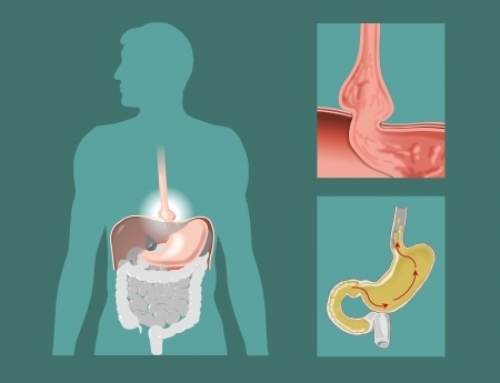Food intolerances and food allergies seem more prevalent these days. Why is that? Why are the foods that have been considered healthy or have been on the table for us for so long, are now the problem? In addition to the confusion, what is defined as intolerance and what is an allergy? I hope to help give some clarity on this subject.
I would like to begin by defining the difference between a food intolerance and an allergy.
A food intolerance is a reaction to eating food that does not show the immediate “classic signs” of an allergy; such as swelling, redness, shortness of breath or shock. People may feel the symptoms of the food 1-48 hours after eating. These symptoms can be indigestion, constipation, diarrhea, stomach pain and heart burn. The most drastic forms of this are Lactose Intolerance and Celiac Sprue. These are conditions that have drastic consequences and are usually found early in life.
However, the symptoms of headaches, joint pain and stiffness, mood and emotional imbalances, fatigue, vague pain, brain fog, loss of short term memory, chronic pain, chronic sinusitis, anxiety and depression are also symptoms that have been attributed to food intolerances.
Food allergies are easier to find than intolerances because they are immediate and will show up as the “classic signs” of allergy. A person may have a life threating reaction and may need to carry an epi-pen to prevent death if they mistakenly eat the offending food.
There are many reasons why we are starting to see food intolerances becoming more common. One reason is that the foods we eat today are not the same foods as what our parents and grandparents ate. What I mean by this, is the quality of many foods is not the same as it was in the past. The most common foods are grains (not rice) such as wheat, barley, spelt, and others, which I define as Cereal Grains. This also includes dairy, soy and sometimes sugar. Cereal grains and dairy are processed now in such a way, that our bodies cannot break them down well. This will cause our immune system in the intestines to attack the food and cause inflammation that will be the foundation to all the symptoms I have previously listed. Soy is not a great food for us and is now found in most processed foods. Sugar is much more prevalent in the American diet than ever before and can cause diabetes, bad gut bacteria and fatty liver.
So what does it all mean for you? If you have a chronic health issue that is not being relieved by traditional means, you can get off the cereal grains, dairy, soy and sugar for 2 months and see if it helps. Eliminating these foods from your diet can be difficult and it takes planning, education and commitment. I would suggest removing the cereal grains first.
The cheapest and most effective test that you can do for your health is the elimination test. However, an ALCAT test can be done, which will cover more foods and is done with a simple blood draw.
If you have a food allergy I recommend that you look into NAET testing and treatment.
Please look at my link page to find references to this blog!




